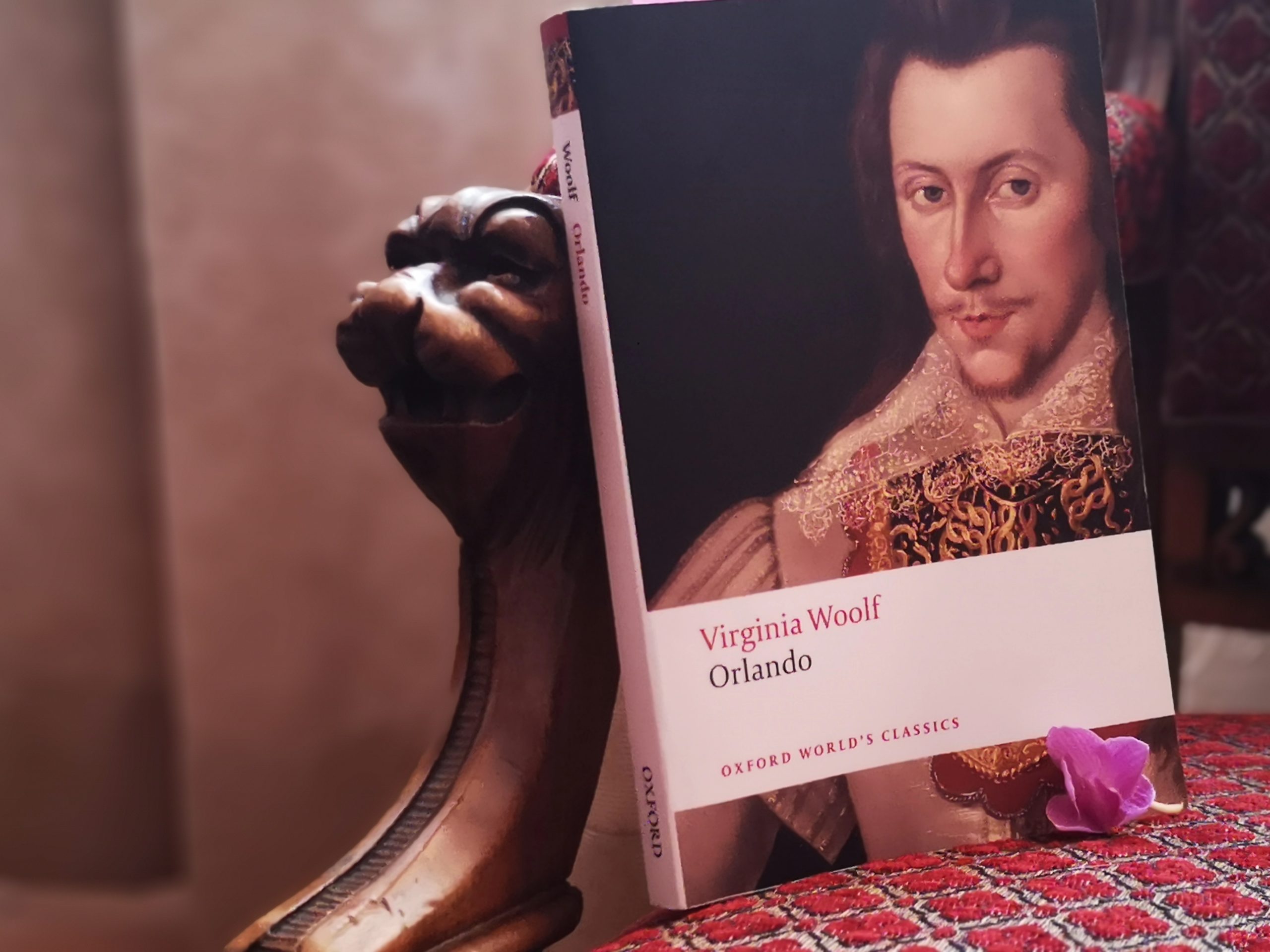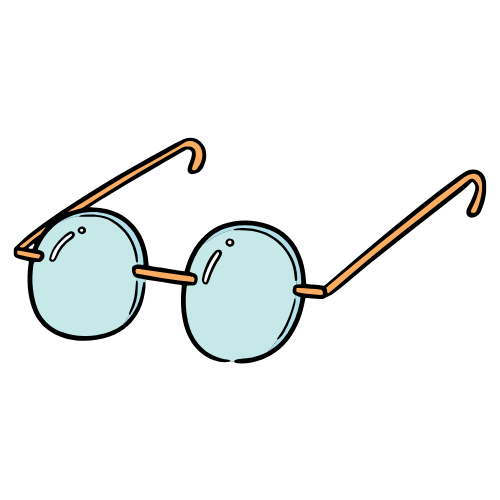My grandma is a strange reader. She reads books backwards. Or used to. She’s not reading so much these days anymore. I don’t mean that in the sense that she reads the pages starting with the last, but in the sense that she reads the final 30-40 pages, then jumps to the middle and reads up to the final pages and then picks the story back up again somewhere closer to the beginning. I am still trying to work out how this way of reading shapes the understanding of the story. As you read backwards, towards the beginning, it’s as if you read the past through the lens of the future. It’s almost like the twist in modern crime fiction: you already know who did what, but you want to know how they came to it. So what then does Orlando’s ending tell about the woman she has become? Her past is already set in stone, unalterable, but not unmeaningful.
The ending of Orlando comes closer to the more conventional ending of Night and Day, as opposed to, say, the ending of To the Lighthouse. In the last scene of the book, Orlando waits for her husband to set foot on land, having put her past behind. As the biographer/narrator/essayist writes, a “single white bird” accompanies Shel’s arrival. It’s impossible, of course, to decide on one word for the voice which tells us about Orlando’s adventures and each variation I used in the previous sentence sheds a different light on how the white bird is meant to be read. Orlando herself recognizes the bird to be a “white goose”. It was difficult for me to connect the dots on the first reading, but when going through the previous pages, one reads of a wild goose flapping its wings among Orlando’s thoughts of her selves. She realizes that a person is never only one person, just as a thing is never really only one thing, an echo of James’s encounter with the lighthouse of the present in To the Lighthouse. But if in the previous scenes Orlando’s thoughts are plagued by questions and uncertainty, the final scene shreds any doubt: she has found her wild goose in Shel’s persona. She has made her peace with the past and is ready for the future.
Orlando’s past takes the shape of ghosts. In a paragraph just before Shel’s arrival, Orlando fancies a dead Queen, in her chariot, materializing in front of the house. She tells the Queen that her dead father will let her in, and with that, she lets “the cold breeze of the present brush her face”. The past and the house lose any importance they held throughout the novel, and Orlando is willing to leave her family estate to the ghosts and the history which has always inhabited it. This is not a nostalgic, mournful wave of the white handkerchief. It is a clean cut of all the ties of the past, property, family, gender and dead greatness.
Some twenty pages before the end, Orlando walks through the house, thinking of past events and the objects and rooms which stood witness. The dining room where her literary friends visited, the chair Shakespeare might have sat in, the bedroom where a King once slept. The notices of “Do not touch” and the perfect state in which Louise, the maid, keeps them signal that those objects belong to the past. Louise doesn’t use the new bed sheets which Orlando bought to make the bed for the living. The new bed sheets ironically turn the bed into a land of the dead. This idea of a perfectly preserved, dead, past is at odds with the idea of the nostalgic past of To the Lighthouse. In To the Lighthouse the past is alive: the house is shabby and worn down by time and Lily has her vision after seeing Mrs. Ramsay’s ghost. But in Orlando the past is nailed down: the house and the rooms are kept in a perfect state, not for use but for show, and Orlando turns her back to the ghost of the dead Queen so that she can embrace the present. Orlando is not walking through a house anymore, but through a museum which enshrines the past, honors the dead and keeps the living in awe and at bay.
Orlando of the end of the book is a free woman. She is free to choose her self and her love, no longer burdened by the weight of the museum that her house has become. Why live in the shadow of the greatness of the past? Why let furniture and grandfather clocks press heavy on the floors of a 21st century mind? All those past lives are ashes, and I find myself now at their end. Every minute is the end, yet I press on and on, pushing it further away. If my life is a book, I have no choice but to read it, and especially understand it, backwards. Maybe reading a book from beginning to end is a perversion of how life reading actually works, and in order to sense the reality of it, one should always start at the end.
From my grandfather’s childhood house, I have a set of armchairs, about which the renovator who restored them said they were manufactured in the 19th century. The restoration work cost me a ton of money, and when someone visits, I jokingly tell them I use the armchairs for reading on Christmas and my birthday. The truth is that I rarely use them. They don’t have a “Do not touch” notice, but they have almost turned into museum objects I dust every couple of weeks and tell my friends stories about. The wood has scratches and cuts, and some original parts are missing. The renovator made perfect replacements which you wouldn’t even know are copies. I know. I read them, but I stopped wondering how that came to be.
I wrote this post in preparation for the Literature Cambridge 2022 Virginia Woolf summer school. The series of lectures and seminars focused on houses, as they are depicted in five of Woolf’s works.





your thoughts?